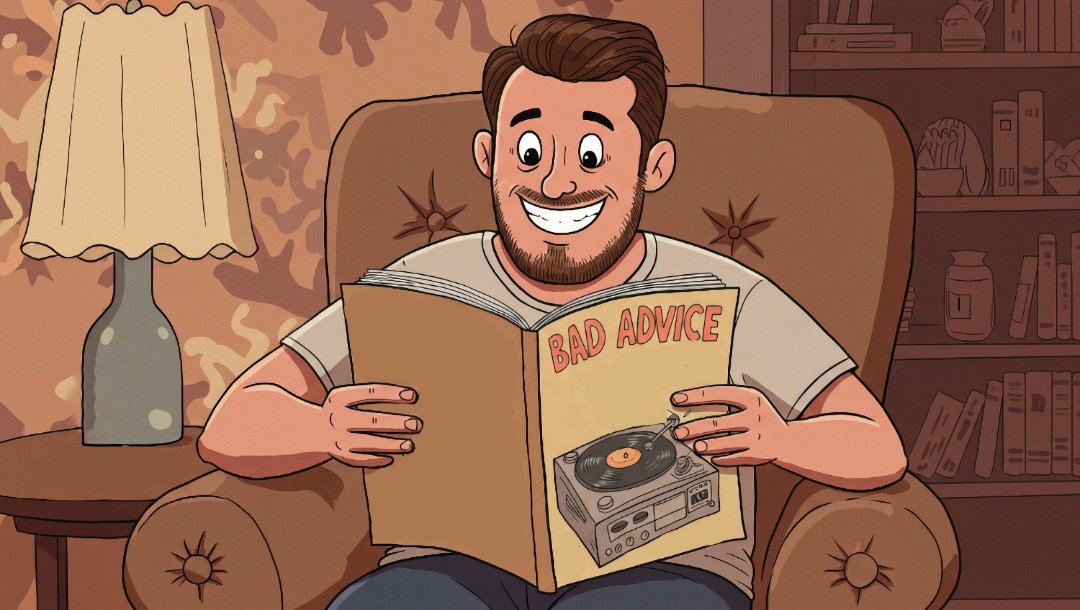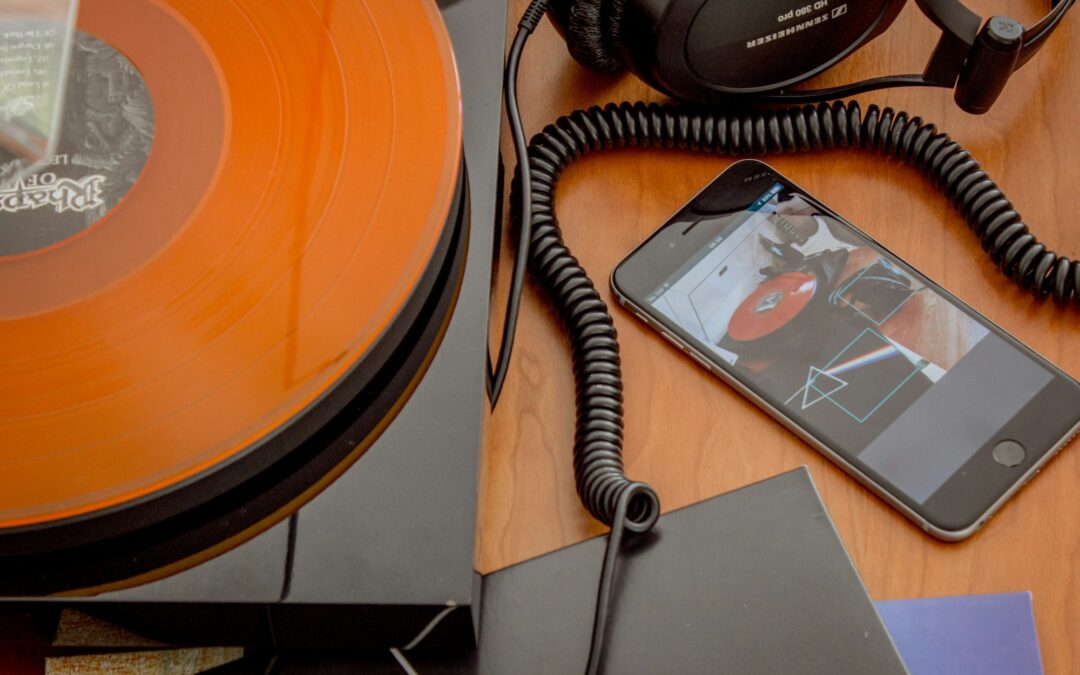I recently bought a US first pressing of U2’s Boy. I was in my local record store and inspected the record quickly before purchasing it. The lighting in the store isn’t the best for inspecting a record, but I couldn’t see any visible scratches, warps, dimples, or blemishes. It’s a good VG+ copy. When I brought it home to clean it under much better light, I saw them… scuff marks from those damned paper sleeves. There’s absolutely nothing you can do about them. For the most part, they won’t affect the sound. It all depends on how the record was taken care of. Multiple scuff marks indicate that the record may have had a tough life before I adopted it. It has a good home now, but those blemishes will last the rest of its life. Sometimes, you can’t escape the past.
Am I being dramatic? Of course I am. But there’s truth behind the drama. Scuff marks could indicate a previous owner’s mishandling. Over time, and through multiple instances, this can affect the sound, especially if the paper sleeve is torn. Have you ever received a paper cut? Ouch, right? They hurt. They can also hurt your record. As paper ages, it degrades, turns yellow, tears, and releases dust. Dust, as far as your record is concerned, is a contaminant. It hides in the groove to escape detection and prays you won’t notice it.
Have you ever bought a used record, pulled out its sleeve, and found it’s turned yellow and smells of stale cigarette smoke from a pack of 1970s Tareytons? I have. Thanks, Dad.
What do I do when I encounter a paper sleeve? That’s easy; I throw it away if, and only if, it’s plain paper. If the paper sleeve has pictures, lyrics, or something else that makes it a part of the album, I keep it. An album is a piece of art, and that art may extend to the inner sleeve. If I do keep the sleeve, it’s not for the record. For that, I buy static-free, archival-quality inner sleeves. I also buy outer sleeves to protect the jacket.
There are things to avoid, such as inner sleeves made from PVC. But PVC is also what the record is made from, right? Yes. But there’s a problem with that. For years, PVC inner sleeves were the go-to for collectors. It made sense. What we think is safe today might be extremely unsafe tomorrow, like those Tareytons. As PVC sleeves degrade, they release gases. This is especially the case, depending on the climate of the room or storage area they are kept in. These gases react with the record itself. You can see evidence of this if you’ve ever noticed a misty finish on a record. That mist isn’t surface mist. It’s the result of the chemical reaction and, more often than not, will affect the sound. It’s also irreversible. If you’ve bought a used record or inherited one with plastic sleeves you can’t identify, I would advise you to get rid of it and replace it with one you know is safe. Depending on the size of your collection, it’s not a very expensive investment.
None of this is meant to scare you. If you can’t replace them all at once, do so over time. Start with the oldest records first. I use sleeves made by the folks at InvestInVinyl. I like the rounded inner sleeves. They also make the traditional square ones as well. I contacted the folks at InvestInVinyl about the sleeves and materials used and was told they are made using 100% virgin polyethylene. Polyethylene is a great storage solution for vinyl records. Knowing it’s not a mixed bag of chemicals and plastics is reassuring.
So, the next time you encounter a paper sleeve…
(I’ll paraphrase Debbie Harry)
Rip it to shreds.
– READ NEXT –
Subscribe to The Joy of Vinyl Newsletter




